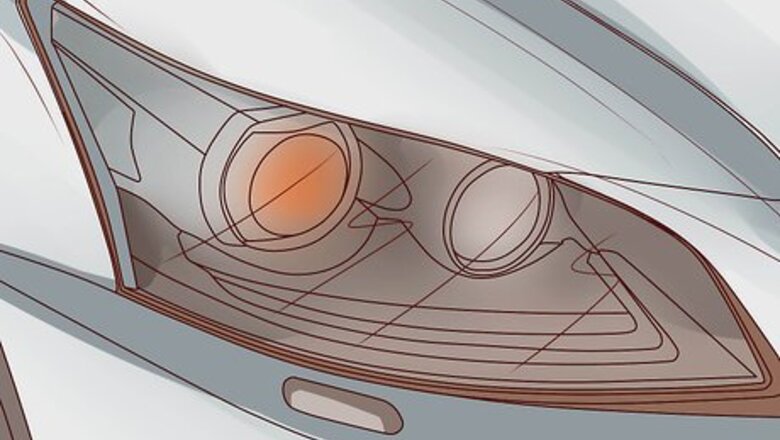
views
The modern projector headlight lens is made of POLYCARBONATE, a high impact form of acrylic. Understand that the two materials are similar and have similar applications such as in eye glasses.
Polycarbonate is strong and impact resistant, and therefore used on headlights to withstand rocks and pebbles, but yellows under UV light without a protective UV coating. Manufacturers use a thin hardcoat silicone as a protective coating. This coating is damaged over several years if exposed to lots of sunlight,
If you have neglected the headlights and allowed the UV coating to deteriorate, you will have to find a coating that has similar properties to the original hard silicone coating. Using a deoxidizer can remove oxidation but it cannot replace or repair a damaged Ultra Violet layer.
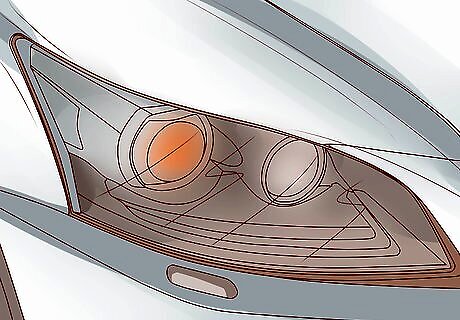
If we take this from a scientific approach we must look at the problem as a doctor would when he diagnosed a problem. Is the problem oxidation? Or is it something else?
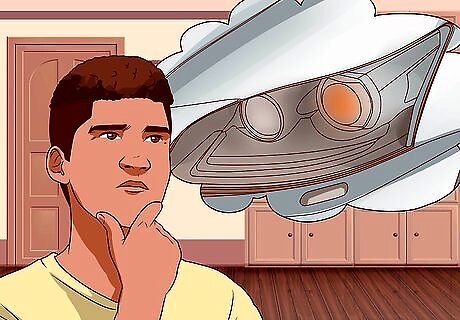
Understand oxidation. Oxidation is a flat opaque covering that lays evenly on the surface of the lens, It will start out white turn yellow and eventually brown. It can build up and block all light from leaving the lens. It is semi-smooth to the touch. If your headlights are damaged, even a deoxidizer will not help. At that point, your headlight's UV coating is already fully damaged and the polycarbonate is exposed to the elements. It is the nature of polycarbonate to turn yellow under UV light. Sealing the surface with a non yellowing layer will prevent the polycarbonate from turning yellow.
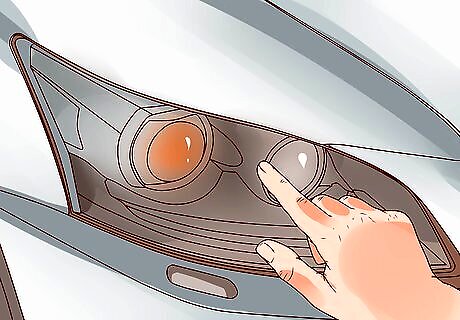
Understand surface damage. This consists of obvious visual imperfections on the lens, such as chipping, scaring, scratching and damage caused by the use of a sandpaper type cleaning process. After market sealers are the also a problem. These sealers are generally polyurethane or acrylic based. They have no yellow stopping UV protection. Over time the heat from the bulb and the light from the sun will cause them to yellow and crack. However, UV stabilized hardened clear coat paint will not yellow and crack. There are a few other coatings that supposedly do not yellow, such as certain epoxies. Be careful what type of clear coating you buy. It might be too late for you now, but the key is to preserve the UV coating with waxes and sealants when you still have a substantial UV coating left.

Consider your removal options. Once it can be determined if the problem is oxidation or surface damage, you must next decide a method of treatment. 90% of headlights that need cleaning are afflicted with oxidation and do not need sandpaper, so don't jump to the most aggressive solution. The other 10% have actual surface damage which will need sandpaper. If surface damage is your problem stop here. There is no process that will restore your lens. They will have to be resurfaced and that will require the use of abrasives and power tools.
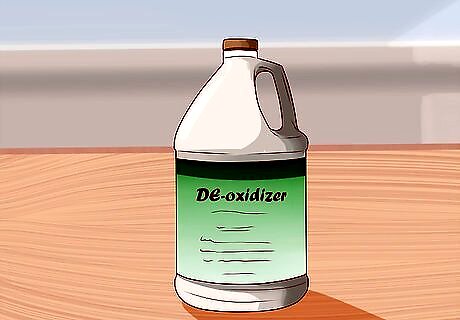
If your problem is oxidation you can restore your headlight lens in seconds without fear of damage to the delicate UV layer with a non abrasive DE-oxidizer, which uses a non-abrasive chemical cleaner to remove light to heavy oxidation.














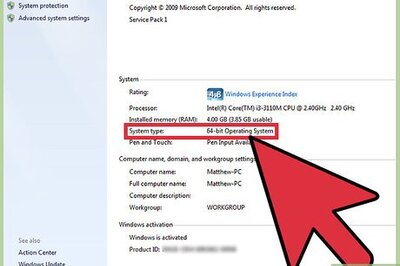

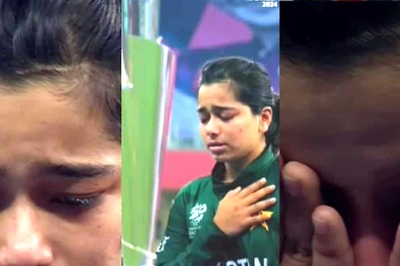
Comments
0 comment